Water trucking improves education and sanitation amid drought
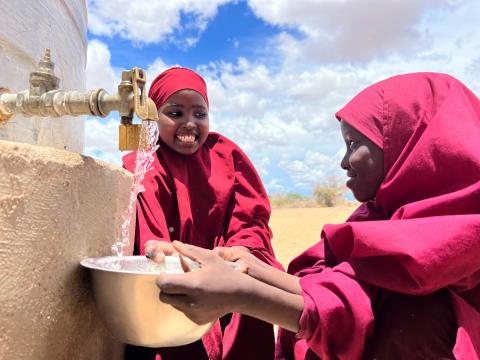
By Martin Muluka, Emergency Communications Specialist, World Vision Kenya
In the arid village of Hakoka, situated in Kenya's Tana River County, communities are grappling with water challenges.
For Amina, a young pupil at a nearby primary school, this water crisis used to disrupt her education. It was difficult for her to concentrate in class because of thirst and the thought of trekking long distances in search of water after school.
However, thanks to a crucial intervention by World Vision, her school now benefits from regular water trucking services that have transformed her daily life as well as the lives of other children.
This has been made possible through the Kenya Integrated Emergency Response Project (KIERP), funded by USAID through the Bureau for Humanitarian Assistance (BHA).
Amina is grateful because she can now access water for washing, drinking, and preparing meals in school.
"My friends often miss school to search for water. However, when they see a water truck coming to our school, they are overjoyed because they can now come back and attend classes," she says.
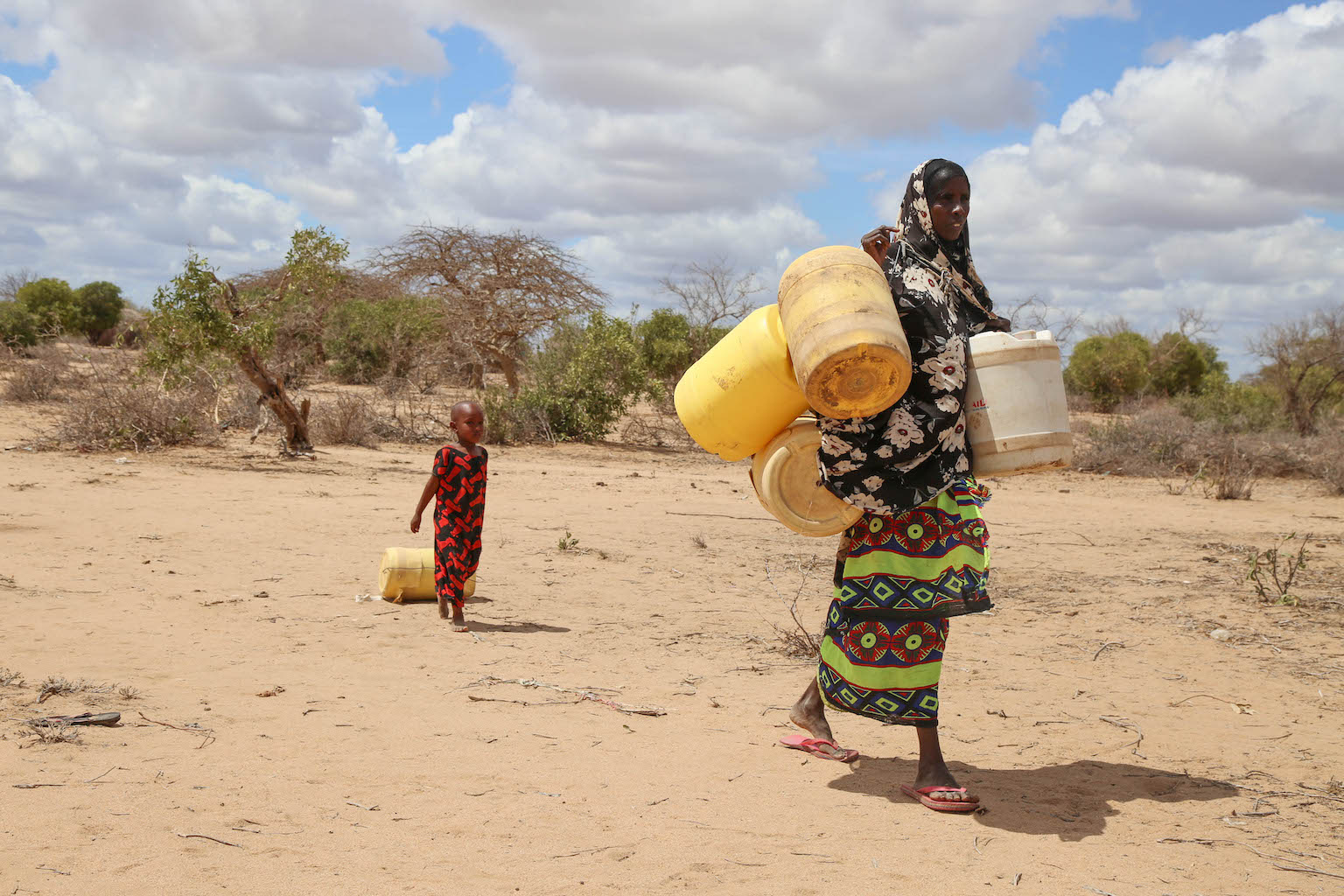
The water trucking intervention is timely, as the nearest water source to the school is 28 kilometres away.
"Such long distances really affect children, making them tired and unable to concentrate on their studies or play due to the fatigue they face while searching for water," states Ptiso, a World Vision Water, Sanitation, and Hygiene (WASH) specialist in Tana River County, Kenya.
Amina's experience is not unique. During droughts, communities face heightened vulnerability, often resorting to consuming water from unsafe sources to survive. This leads to a surge in waterborne diseases.
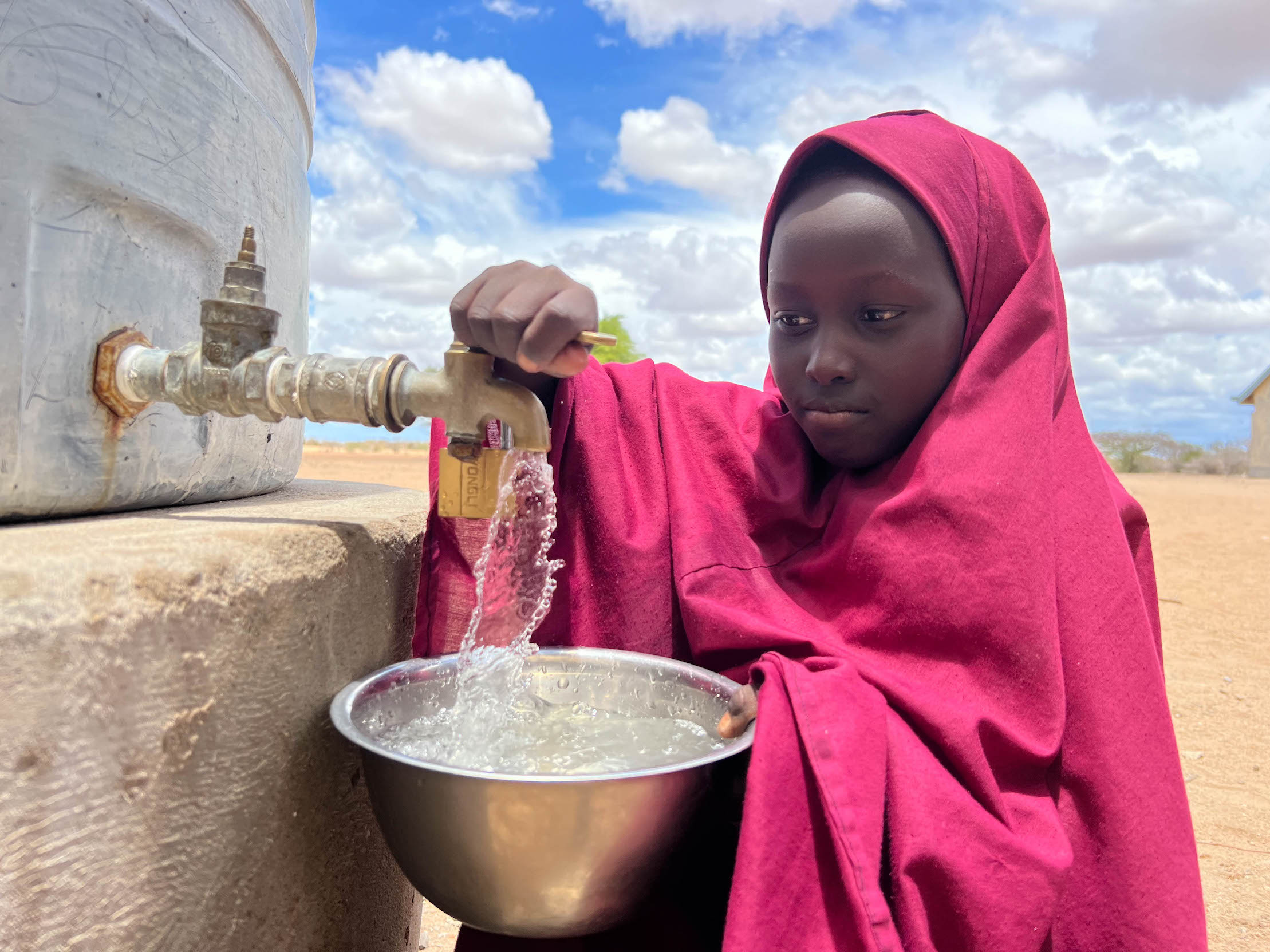
Duncan, a public health officer in the area, highlights the impact: "Waterborne diseases account for more than half of the cases treated at dispensaries in this area. This may be caused by various factors, including wild animals contaminating the remaining water sources as they compete with humans for it. Snake bites are also on the rise in the area because snakes either attack people and animals at water sources or slither into homes in search of water."
The consequences of water scarcity extend beyond health risks, deeply affecting families who must find coping mechanisms to survive. Many often choose to migrate to areas with water, leaving women and children particularly vulnerable.
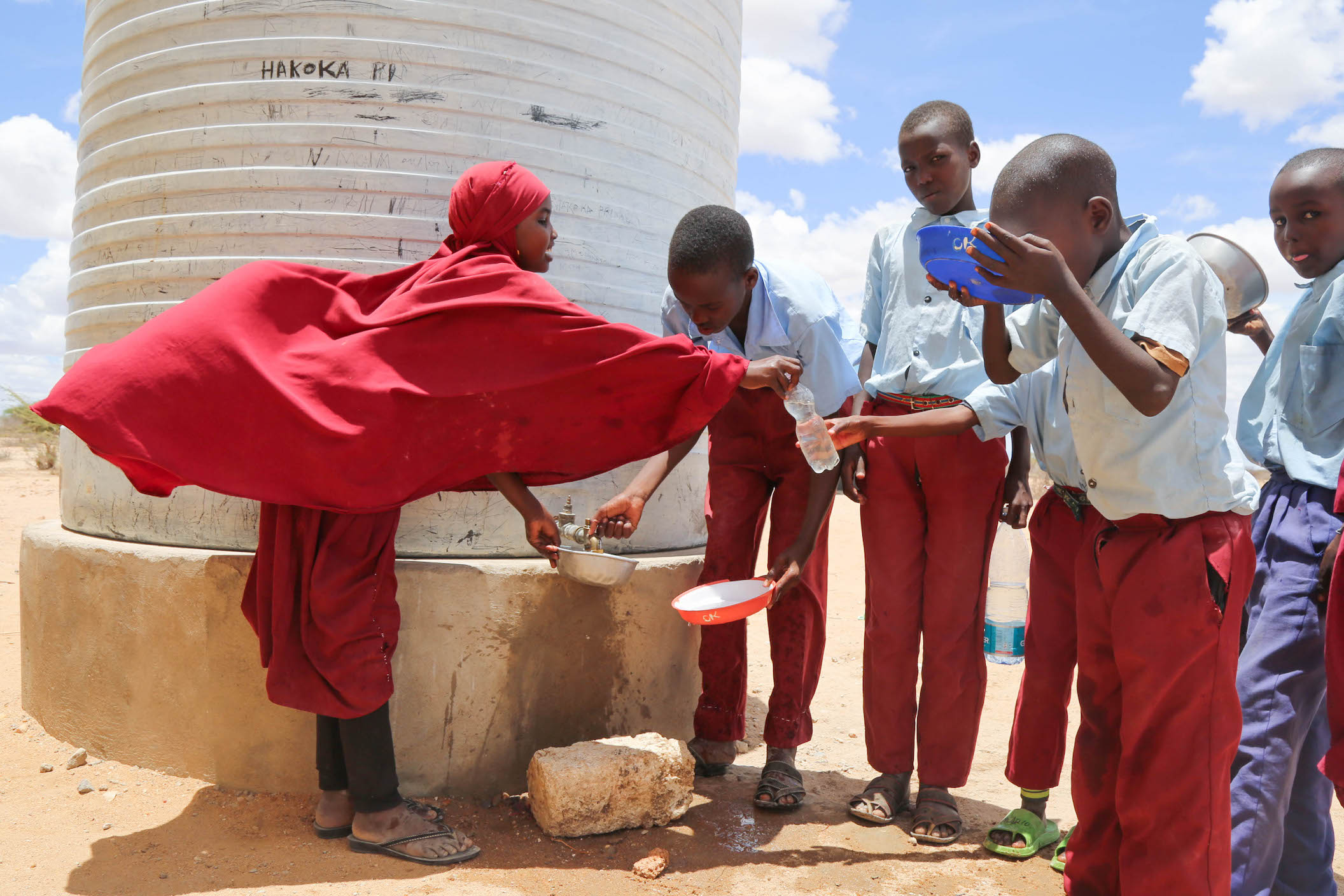
"We usually have nowhere to get water from. The nearest water source is 30 kilometres away. The journey is long, and I often use a shortcut through forests, which is not safe. I used to carry about six jerricans of water on my donkey, which would last me two days, but now I can only carry one jerrican, which is not enough," says Alia, a mother of two in Tana River County.
Idris, the area chief, notes that during drought seasons, access to water becomes a necessity, especially for education.
"Many school-going children have been affected due to limited access to water. Most of them do not go to school because there is no food, and they spend most of their time searching for water. If there were sustainable solutions like sinking deeper boreholes, then most of them would not be forced to migrate."
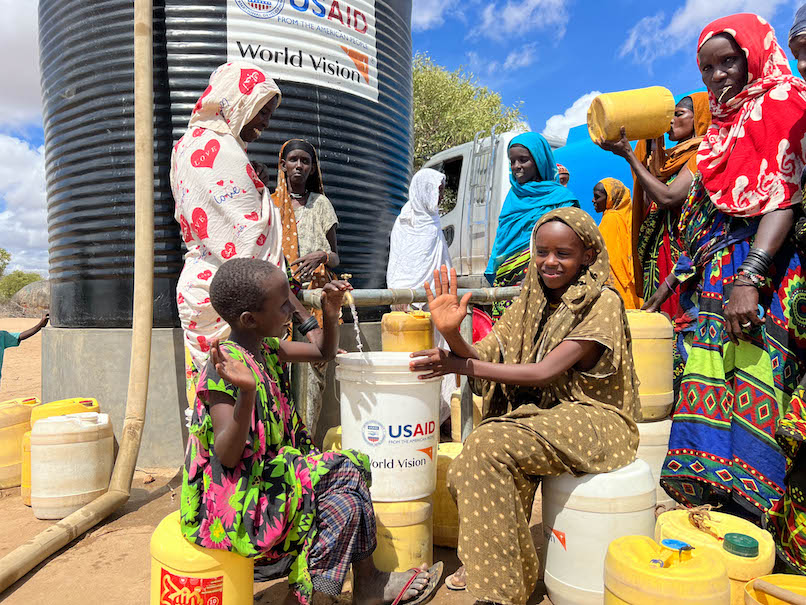
In times of drought, World Vision supports water trucking services as a short-term intervention to address severe water challenges. However, if finances allow, the organisation invests in longer-term or sustainable water projects such as drilling boreholes and equipping them accordingly.
Komora, a headteacher at a school neighbouring Amina's, notes that the provision of water by World Vision has been instrumental in retaining pupils in school.
"Pupils are now comfortable in school due to the availability of water. You know, life revolves around water. During droughts, we receive food aid. But without water, we cannot prepare meals, and we also experience numerous cases of children missing school due to ailments caused by drinking contaminated water," he says.